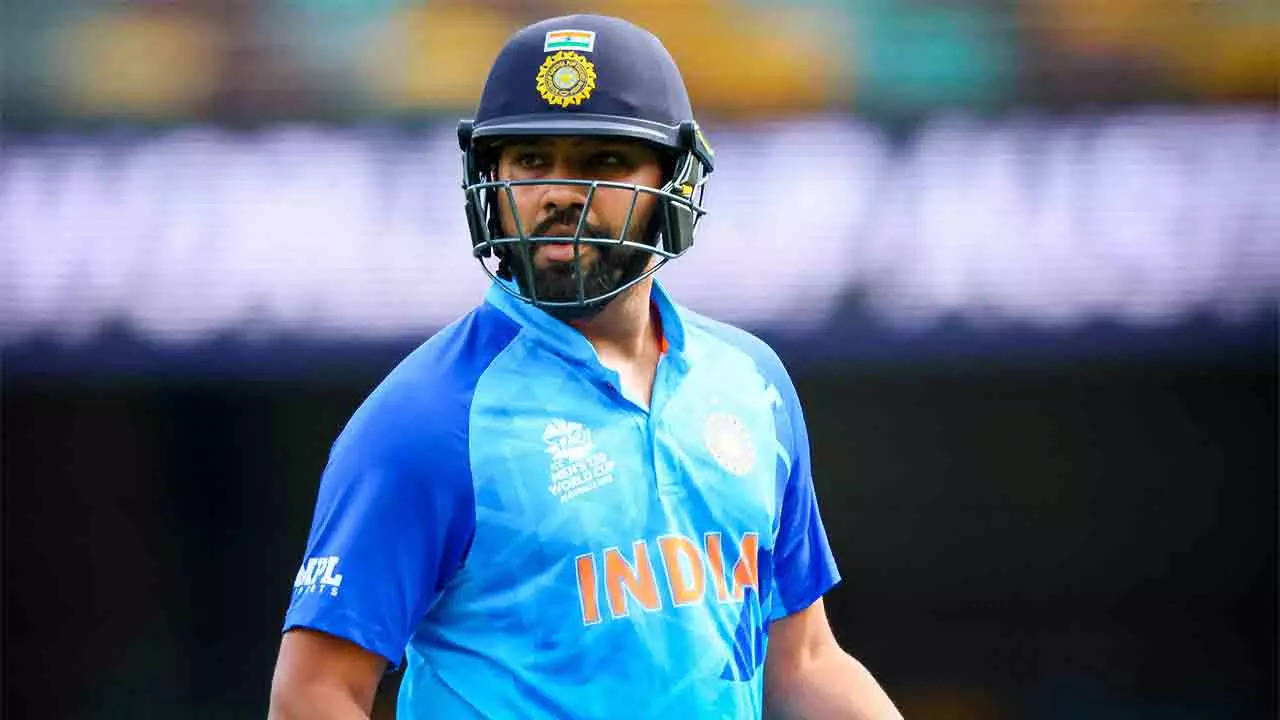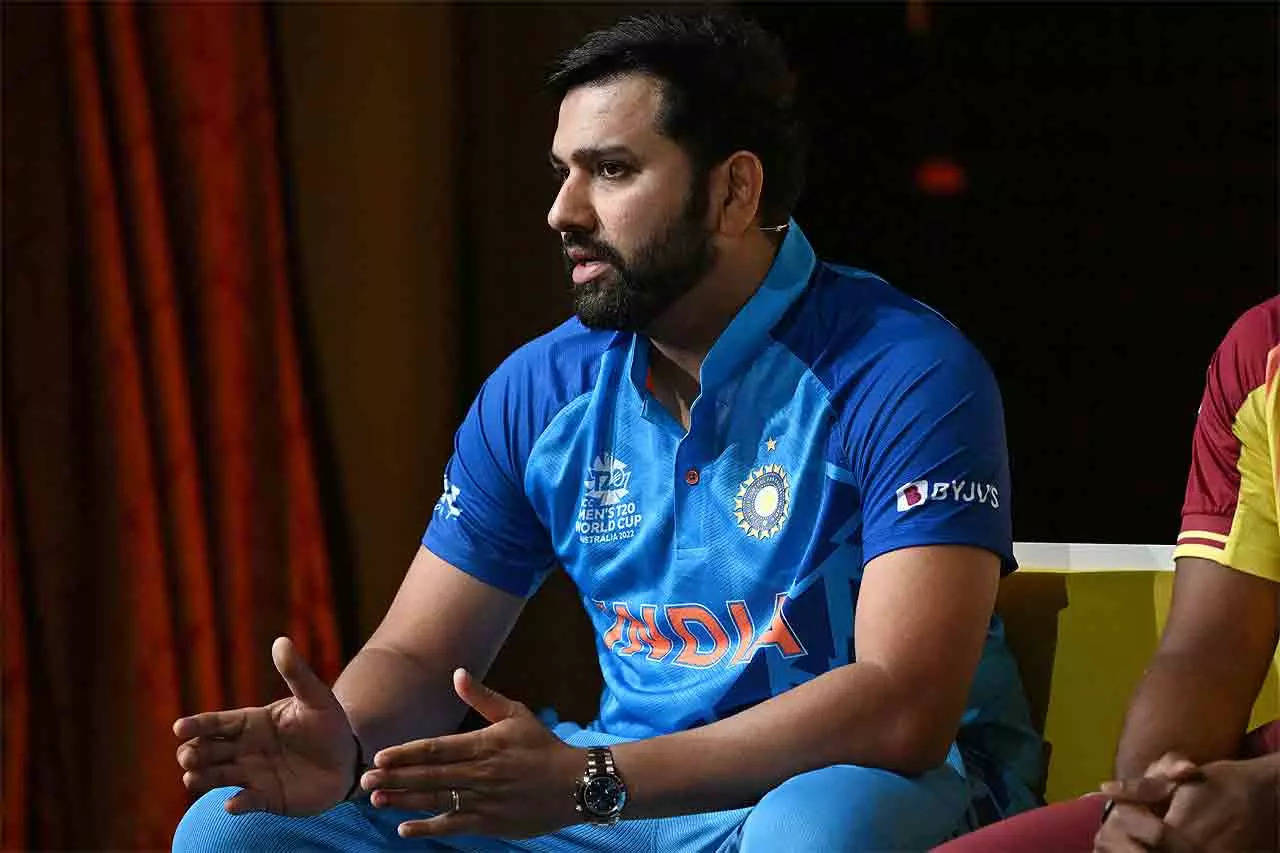
This could be Rohit Sharma's last T20 WC. TOI traces his journey and what makes the man - the only one besides Shakib Al Hasan to play in all 8 editions of the event - such an irresistible force in the format
April 2007. Fans were still trying to come to terms with the cricket team's early elimination from the ODI World Cup in West Indies.
Only a year before, the BCCI had reluctantly agreed to send a team to the T20 World Cup, to be held in South Africa in 2007, in exchange of getting the joint hosting rights for the 2011 ODI World Cup with Pakistan, Bangladesh and Sri Lanka.
For that they needed to put a team together and name 30 probables by June. They staged an event named Interstate T20 tournament to create a player pool. There was no TV coverage and entry to stadiums was free.
In the West Zone leg, Mumbai were playing against Gujarat at the Brabourne Stadium and chasing 142, they lost Ajinkya Rahane first ball. In walked Rohit Sharma, still only 19, and smashed an unbeaten 101 off 45 balls with 13 fours and five sixes to become the first Indian to score a T20 century.
Next month, he was in the 30-man probables for South Africa and was picked for the white-ball tours of England and Ireland. Despite irregular chances early on, the man went on to become a white-ball colossus.
Dinesh Lad, Rohit's childhood coach, states, "He used to call me in 2007 and say he is not getting chances. I told him, this is an Indian team, not a gully-mohalle ka team. Chances will be few. Grab them when they come. He scored a crucial 50 in a knockout game vs South Africa in Durban playing as Yuvraj Singh's replacement and has not looked back since."
T20 came easily to Rohit, like the game itself, which was a problem as people confused his languid grace with laziness.

(AFP Photo)
Lad explains why Rohit embraced T20 when others struggled. "If you see Rohit, he mostly plays with a straight bat. He keeps things simple. Rarely do you see him getting out to fancy shots."
It's a quality, his former Mumbai coach and India batsman Pravin Amre, who got Rohit a contract to play for Air India and coached him at Mumbai in his debut season, and who was coach in that game vs Gujarat, also highlights.
"Rohit has a fantastic base. A great foundation. He also has wonderful clarity and doesn't over-complicate things. When he bats, he doesn't think about captaincy. When he captains, he doesn't think about batting," explains Amre.
These attributes and a gift of picking length early and getting more time than others, armed him with another quality. Confidence. "He never doubts himself," asserts Lad.
"In just his second match in the Giles Shield, I asked him if he can open for the school (Swami Vivekanand). He jumped at the chance, despite never having opened before. Tyaala batting karaychi khujli ahe," (He has an itch to just bat) he adds.
Perhaps that explains why he said yes when skipper MS Dhoni asked him to move to the top of the order in ODIs in 2013 vs England in Mohali. It turned out to be a career-defining move. The same applies to his Test renaissance in 2019 when he agreed to open.
Rohit will be leading India for the first time in an ICC event and at the age of 35, this could possibly be his last World Cup in the T20 format.
After the last T20 WC in UAE, Rohit has advocated a high risk, high rewards approach. It has helped him score attractive 20s and 30s. But many feel he is selling himself short with this tactic.
"I want him to play properly and give himself time. If he bats for 20 overs, he will get an 80 or 100 each time," says Lad.
Amre concurs. "Look at the stats of his four T20I centuries and three double centuries in ODIs. The acceleration has come in the second half. From 150 to 200, he has taken about 20 balls. I hope he gives himself more time in Australia. He can dominate on those pitches as he plays the short ball well."







